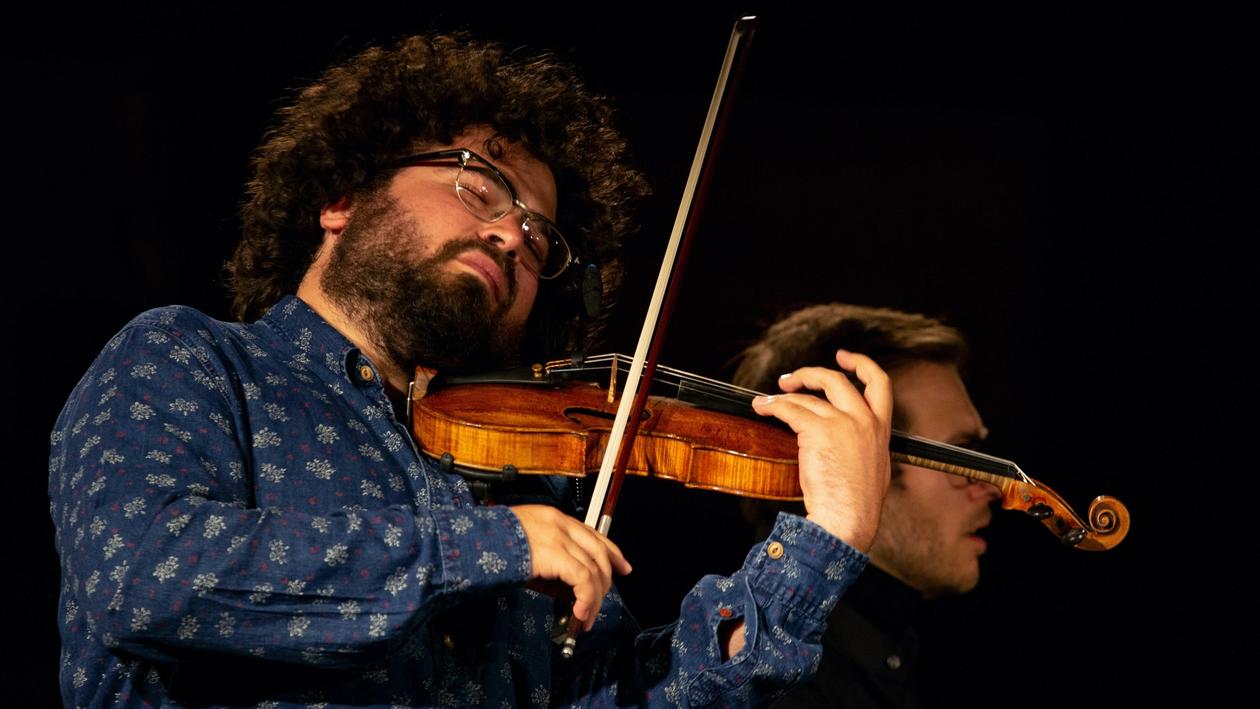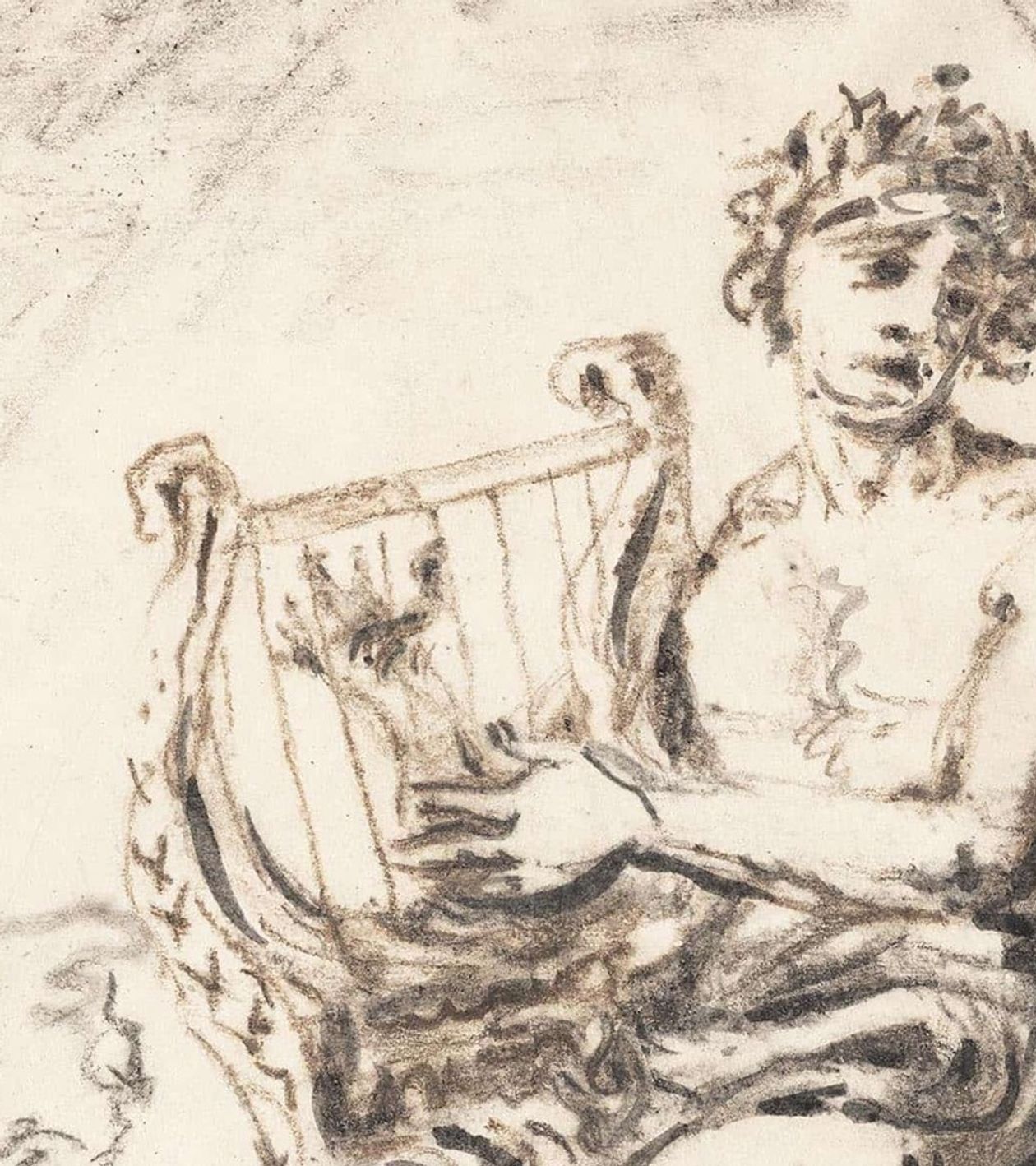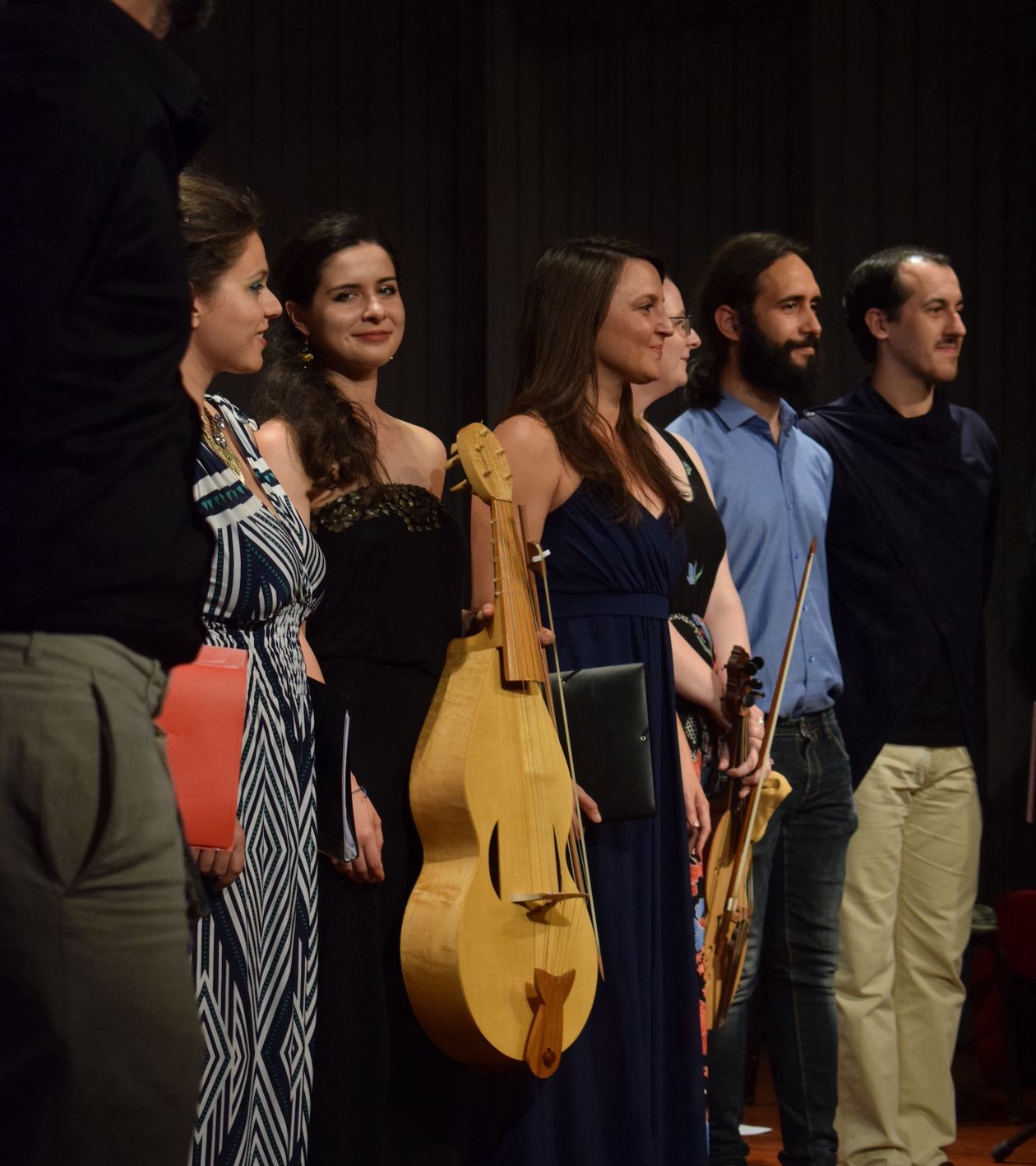Archaic Samos Research

Archaic Samos – A Center of the Ancient World
Prof. Dr. Dr. h.c. Wolf-Dietrich Niemeier
For ten years, the Schwarz Foundation’s Young Artist Festival has brought together artists and visitors from across the globe to the ancient theater of Samos. This conjures up the golden age of Samos in the 7th and 6th centuries BC when the island formed an international center of the known world at the time. Samian merchants transversed the entire Mediterranean from the Levantine coast and Egypt in the east to Spain in the west. These tradespeople, as well as Egyptians and ‘Orientals’, who visited the sanctuary, offered up hundreds of figurines and vessels of bronze, ivory and faience, among many other objects from Egypt and all Near Eastern countries to the Heraion (Fig. 1). No other Greek sanctuary could claim so many ‘exotic’ offerings, reflecting Samos’ far-reaching trade relations, its acquired wealth, and its cosmopolitanism. The Heraion was known far beyond the Greek cultural region and served as a meeting point for visitors from the entire Mediterranean region.
Increasing wealth led to even greater expansion and a richer decoration of the sanctuary in early 6th-century BC. The tyrant Syloson, a forebear of the famous Polycrates, probably initiated the construction of the largest temple in the Greek world, the Dipteros I (encircled by a double colonnade), in approximately 575 BC. The Dipteros I had floor dimensions of 105 meters x 52.5 meters, was 25 times larger than the 100-foot longer temple of the predecessor Hekatompedos II and exceeded that temple’s building volume 100-fold. Its floorplan was as large as the Strasbourg Munster.
Aristocratic families demonstrated their wealth and entitlement through the erection of marble statues. Two giant kouroi (statues of nude youths) three times larger than life-size (just under 5 meters) (Fig. 2), stood as milestones behind the gate through which major processions reached the sanctuary on the Sacred Way from the city of Samos (today Pythagorean), as well as at the corner in front of the temple, where the Sacred Way turned south toward the square facing the large new altar. Additional statues, including large family groups (Fig. 3), lined the Sacred Way.
Around the mid-6th century BC, Dipteros I had to be torn down because of a sinking foundation and after suffering a fire. Shortly after seizing power after 550 BC however, Polycrates began building a new structure which was to be larger and more magnificent than the previous one. It was never finished due to Polycrates’ violent death in 522 BC. Polycrates had built up an enormous fleet to justify dominance over vast areas of the Aegean and turned Samos into a major international power. He had close diplomatic relations with the Egyptian Pharaoh Amasis, which are immortalized in Schiller’s ballad The Ring of Polycrates. Amasis offered two wooden statues of himself to the sanctuary for exhibition in the temple.
Aristoteles described three Works of Polycrates for which the ruler was famous: In addition to the new temple of Hera – one of the most astounding engineering feats of ancient times – he constructed a tunnel of more than one kilometer running through the mountain north of the city from Eupalinos to Megara and through which drinking water flowed. Polycrates additionally built a breakwater as well as a dam extending from the southern breakwater into the sea to protect the harbor, and erected a wall enclosing the city.
Polycrates also promoted cultural life. Two of the most significant poets and singers of the time, Anacreon and Ibycus (referred to in Schiller’s ballad The Crane of Ibycus) resided in his court. On warm summer evenings, sitting in the ancient theater for the Young Artist Festival, the exceptional atmosphere of this space is palpable. It is not hard to visualize both poets reciting their works centuries ago on this very spot.
Samos’ golden era ended in 522 BC when the Persian satrap Oroetus managed to entice Polycrates to travel to Magnesia on the Maeander, where he was subsequently crucified.
Little remains of Samos’ former magnificence. The ancient city with Polycrates’ residence lies buried beneath the current city of Pythagorean. The harbor breakwaters and the dam still function but have received modern over-structures. The city walls have been renewed often since Polycrates’ time. Hera’s sanctuary is a ruin which is not easily grasped by laypersons. Over the centuries, stones have been stolen, leaving only half of the once intended 158 columns of Polycrates’ temple standing (Fig 4). The Eupalinos water supply tunnel is still in excellent condition and very imposing. The former wealth of the Heraion can be seen by visiting the unparalleled Archeological Museum in the city of Samos, in which all the magnificent votives which came to light during the German excavations in Heraion are exhibited. The new Pythagorean Museum with treasures from the ancient city and the rest of the island is well worth a visit.







